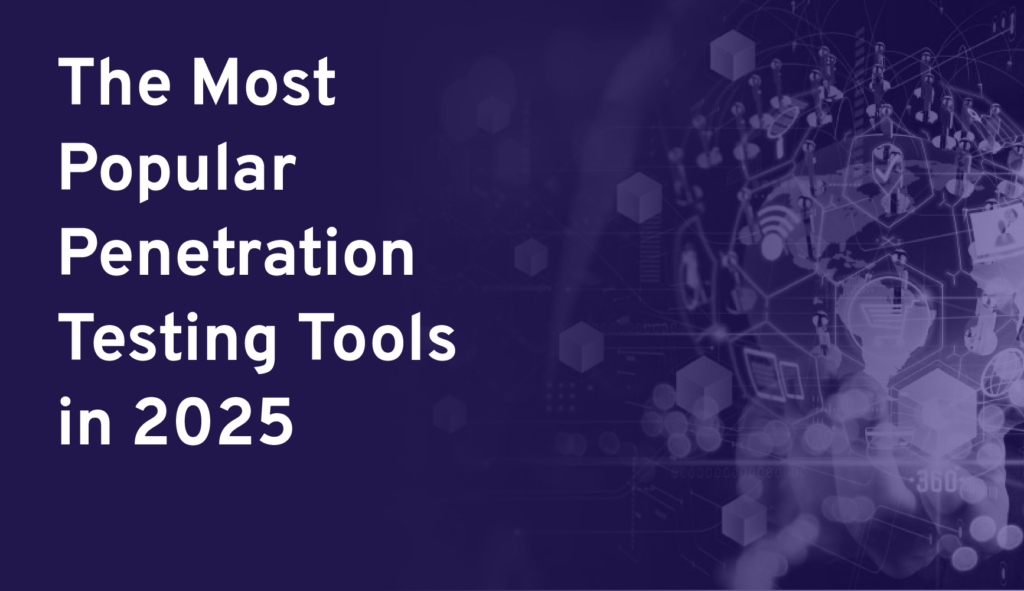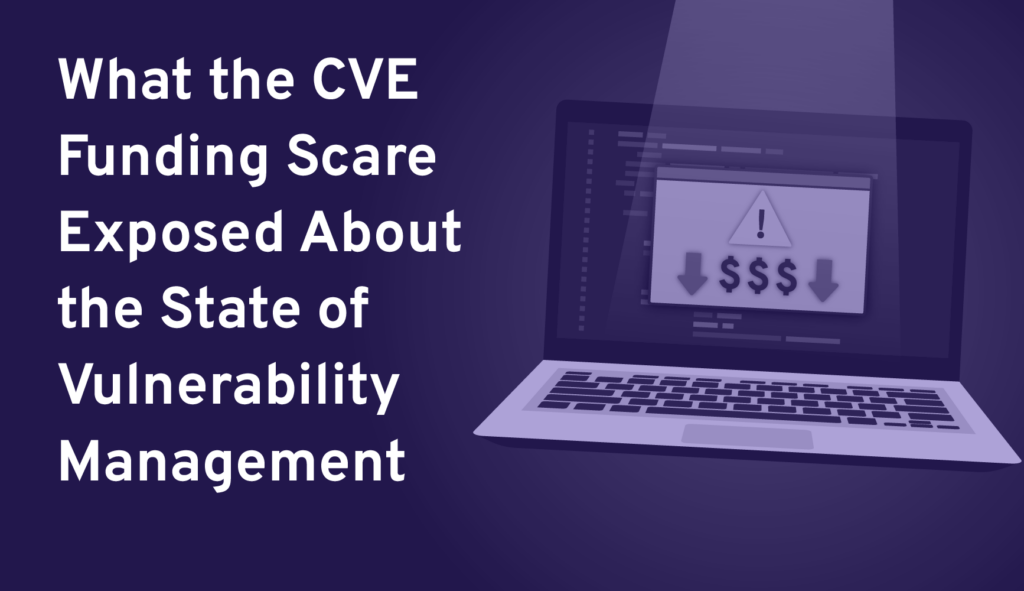
What are Supply Chain Attacks in Cybersecurity?
You’re Only as Strong as Your Weakest Link
Adversaries won’t spend an eternity chipping away at your strongest defenses. Instead, these bad actors will search for the easier, smarter way to infiltrate your network. If it wasn’t already painfully obvious, the SolarWinds supply chain attack just goes to show that you’re only as strong as your weakest link.
The topic of today’s blog post is on supply chain attacks in cybersecurity. What are supply chain attacks? How do supply chain attacks work? Why are these attacks important to take into consideration? And how do you protect against supply chain attacks? All of this and more will be answered in this post.
If you want to know how to improve your security posture, look no further than PlexTrac. PlexTrac is the security platform that empowers you to do more.
More Assessments. More Insights. More Security. Click here to learn how you can do more with PlexTrac.
What are Supply Chain Attacks?
A supply chain attack, also known as a third-party or value-chain attack, is an attack that occurs when an adversary infiltrates your system through an outside partner or provider that has been given access to your systems, networks, data, or other information. Because of their largely external nature, supply chain attacks have greatly changed and expanded the potential attack surface through the years.
This attack surface has been morphed mostly because supply chain attacks are breach attempts that look for the weakest link in your security posture. It doesn’t matter if 99% of you and your partners’ personal defenses are strong, because it only takes one unfortunate victim to compromise a perfectly good system. This weak link is then analyzed, breached, and utilized for eventual data exfiltration.
Once the path inside is calculated and your front walls are breached, attackers make the most of their efforts by maximizing their time being undetected while continuously looking for ways to elevate their privileges and find the X on their treasure map.
Now we know what supply chain attacks are and a little bit about how they work, but why should the average employee or security employee care so much about them?
Why are Supply Chain Attacks Important?
The world — and with it, the world’s organizations — is more connected than ever before. This interconnectedness has many upsides that we see daily. However, our enhanced connection to each other is a blessing in disguise for bad actors looking to nab your precious information. Why is this? Simply put, more suppliers, service providers, and people are seeing and touching your data than ever before. This increased access also gives attackers more vectors, or breach entrance paths, than ever before.
This all goes to say, one slip up in your supply chain can spell doom for your company’s most precious assets. We all know that maintaining internal cybersecurity is hard enough, and it becomes almost impossible once you start working with loads of external groups. In fact, 60% of cyber attacks originate from the supply chain or other external parties, according to Accenture.
Therefore, knowing about the possibility of supply chain attacks and the inherent risk of beach through external partners is vital to maintaining a strong, all-encompassing security posture and to ensuring you assess all of your third-party partnerships on their current security risk.
Tips to Prevent and Detect Supply Chain Attacks
While these tips cannot outright protect you from a supply chain attack or ensure you’ll catch each attempt, they will help to minimize your chances of breach. With the number and sophistication of breaches rising by the day, nobody is outright “safe” in cybersecurity. However, by maintaining a proactive security mindset and a willingness to invest time and resources towards your security, you’re off to a great start.
With that being said, here are five of the most important tips we can offer to prevent and detect supply chain attacks:
1. Carefully Manage Third-Party Relationships
The vast majority of supply chain attacks occur externally. This means that it is just as important to assess your third-party partnerships on their security posture as it is to assess them on their functional fit with your organization. Additionally, make sure to build trust with your partners. Ensuring you make the right connections and nurture your partnerships to their fullest potential is a winning formula for preventing a supply chain attack.
2. Hire the Right Security Team
While this tip may come off as a “duh, obviously” moment, you’d be surprised how many companies get this wrong. The simple fact is that you need to make the right hires when it comes to your security team. This tip, while incredibly important, is entirely up to your discretion. Every security team has different needs and areas it needs to focus on, so it’s important to determine what your needs are and attack them with a group devoted to the team’s mission.
3. Invest in Response
While investing in prevention is often seen as a higher priority, we’re here to tell you that response is just as important. In a perfect world we’d never have any breaches and everyone would live in peace. But the truth is, that world doesn’t exist. Breaches happen. Vulnerabilities are exploited. And you need the proper resources in place to detect breaches when they happen and mitigate the damage done to your assets.
4. Develop a Culture of Security
On top of hiring the right people for your security team, you need to make sure that you foster security education within your organization. After all, your workforce is a large part of your organization’s security posture. To minimize your vulnerability, you need your employees to both know and utilize best security practices. This can be done in a number of ways, but by developing a culture that makes security a high priority you set yourself up for strong cybersecurity.
5. Limit Employee Ability on Your Network
While our next tip may be an unpopular one with your employees, it’s vital to ensuring your organization’s security. What we mean by “limiting employee ability” can be explained in two main parts:
- Prevent the installation of shadow IT, otherwise known as unauthorized software
- Limit user file access in any area that’s feasible
By limiting the software that can be downloaded on your network and through your supply chain, you minimize the chance of a malware breach or successful phishing attempt. Furthermore, limiting your employees’ file access ensures that if by chance someone manages to breach your supply chain they must jump through multiple hoops before getting to the data they want.




